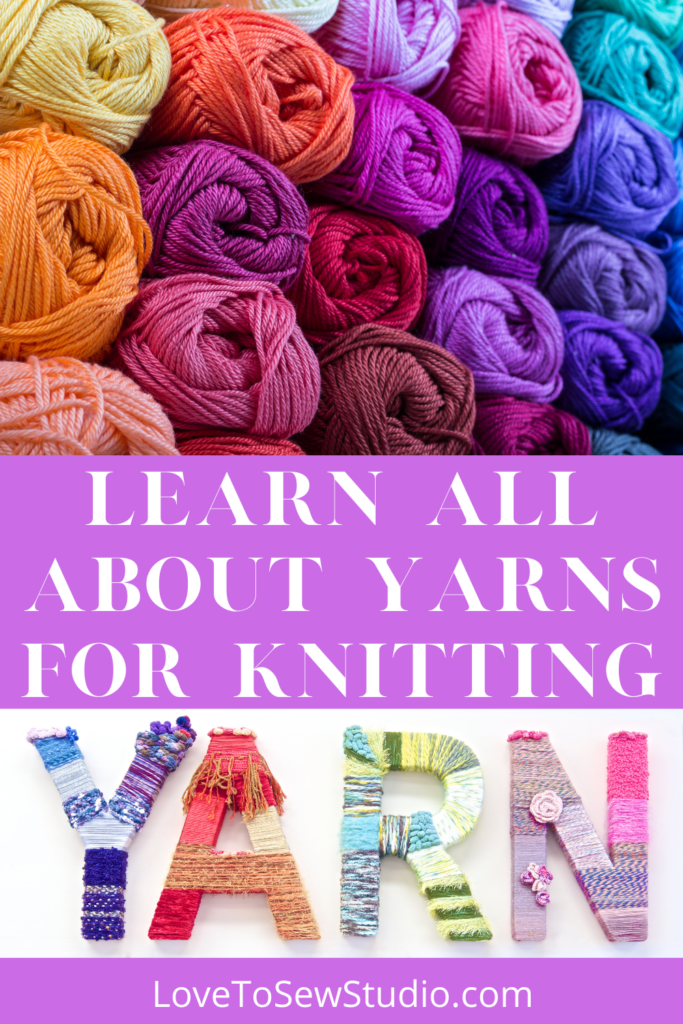
One of the best things about knitting is working with beautiful yarn colors and textures. Today one can find just about any texture in any color they desire. There are many local yarn shops, on-line yarn shops, and plenty of local craft and sewing stores that sell a wide variety of yarn.
Yarns come in different thicknesses or weights. Located on most yarn labels is the word “ply”, that means how many strands were twisted together to form the yarn. The same goes for embroidery threads.
Just like fabric is made of fibers, so is yarn. The fiber content tells us what the yarn is made of. There are basically two kinds. One is a natural fiber which would be cotton, wool, and any type of animal like lama, rabbit, etc… The other type would be a synthetic which would be a man-made fiber like a poly, or an acrylic. The man-made fibers turned into yarn are a little easier to wash and they may work better for some people who may be sensitive or allergic to the natural animal fibers like wool. But on the other hand, some cheaper synthetic yarns are uncomfortable to work with and wear.
I want to mention that natural yarn that comes from animals like, lamb, rabbit, lama and many other types of animals. The yarn comes by brushing the animal, or shaving the animal. Then the animal hair is brushed and cleaned, and then spun on a spinning wheel to form a skein of yarn. The animal is not hurt in anyway. I had a student once who was upset with me because when I bought rabbit and lama yarn from a local farm, she thought that the animals had to be killed for me to get the yarn spun. This is simply not true and all. In fact, the animals love to be brushed and shaved, especially during the summer months when they are hot and need to have it done.
When deciding what yarn to use for your project, think about the color, texture, and thickness of the yarn before you buy it. Yarns come in thicknesses from baby which is also known as fingering, to sport, to chunky, and even bulky yarn.
All skeins of yarn that you buy at a store will have a label on it. On the label it should tell you some information you will need to know, like: what type of yarn it is, how to care for it, how much is there, how many ply it has, and the fiber content. Some labels even have free patterns on them.
by Judi Harris
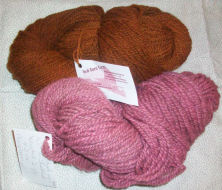
This post contains affiliate links. You can read my full disclosure HERE.
Finding Yarn for Your Projects
Thanks to the popularity of knitting these days, it’s easy to find yarn for whatever project you might have in mind. Just like fabric, there is a wide range of quality, which really means a wide price range. If you’re just staring out, it would be smart to buy yarn that doesn’t cost much. You’ll probably love knitting, but in case you don’t, you won’t have wasted a lot of money.
So, where to go? The best option for a beginner knitter is a general crafts store, like Michaels or Joann. Walmart also sells yarn at most of their locations. At stores like this, you will find yarn that sells anywhere from about $3.00 per skein to $9.00. When choosing yarn here, a great way to test is the “cheek test”, which is simply to rub the yarn on your cheek. If it’s scratchy, you probably don’t want to be wearing it. Also, there is some yarn that’s soft enough, but it won’t hold up well. These places are great to explore what kinds of yarn you favor, and to decide if knitting really is for you. Some of the yarn is great quality and some is very cheaply made. You’ll learn to feel and see for yourself.
Next are the independent yarn shops. They are more expensive, but in this case, you’re paying for much higher quality yarns. The yarn at these small shops varies greatly in price and quality, but you don’t have to spend a small fortune. They also have the added bonus of usually being full of happy employees and knitters who are all delighted to help you with any questions. The help and the sense of fun are unbeatable in small yarn shops.
Lastly, if you’re lucky you can buy your yarn from a farm that makes it. This is a great option because not only will you get to see how the yarn is made, you’ll get a decent price because there will be no store markup. You can find farms near you by looking online, or by asking at a local yarn shop if there are any farms in the area.
As you grow as a knitter, you’ll learn where your favorite place to shop for yarn is, every knitter has one. The nice thing is that in every place you can buy yarn, there is something that’s just right for every knitter.
by Sarah Carbone
Types of Yarn Fibers
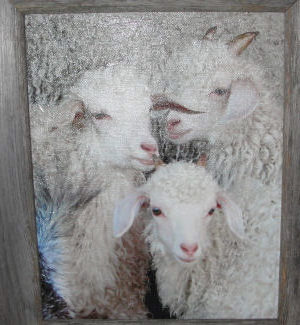
Yarn has come a long way from when the only option for knitters was plain 100% wool. This was warm, but it definitely wasn’t very exciting. Lucky for us, these days there is a huge variety of yarn, some natural and some man-made. So what makes these yarns different and how can you tell?
Sheep’s Wool – This is the most common and easiest to find. Keep in mind that there are several different types of wool because they are made with the coats of different kinds of sheep. For example, merino wool is super soft and great for anything that’s going right up against your skin, or the skin of a child, but other types can be warm though scratchy.
Mohair – Mohair comes from goats and has the pro of being super warm but can also be a bit scratchy so it’s probably best for things that go over other items, like shawls or cardigans.
Cashmere – Cashmere is expensive and probably the nicest yarn out there. It comes from the bellies of cashmere goats and is soft, and warm, and great for a special project. A great way to use cashmere without going broke is to look for a blend with another type of yarn, like a cashmerino, which blends cashmere with the merino wool mentioned earlier. That makes a really great yarn for clothing.
Alpaca – Alpaca is probably the warmest yarn available. In fact, it’s so warm that an alpaca sweater would be too hot to wear. This yarn is soft and best for small items like scarves or super warm throws and blankets.
Cotton – Cotton is a lot of fun to knit with, though it lacks the elasticity that other yarns have. Cotton knit items are great for summer, they’re lightweight and easy to clean. They’re also usually cheap and can make great household items like placemats and table runners.
Angora – Angora comes from rabbits and while it’s soft and luxurious, it also tends to shed a great deal. When using angora, it’s best to use it on accent pieces. If you wanted to make an angora sweater, your best bet would be to use some easy to find angora – wool blend. This will help to keep the yarn from slowly disintegrating.
Acrylic – Acrylic is probably the yarn you’ll use most, at least when you’re still learning to knit. It comes in a wide variety of quality, with some yarn so cheap you’ll be able to tell just be touching it that it won’t hold up well. Other acrylic yarns are really well made and have the bonus of being washable. You also have a wider selection to choose from, with acrylic yarns being everything from synthetic wools to ribbon yarn, which is exactly what it sounds like, to eyelash yarn, a yarn popular for scarves.
by Sarah Carbone
Types of Yarn Weights
When you look at your first pattern it may contain quite a bit that you don’t understand, like information about yarn weight. A yarn’s weight refers not to the kind of yarn it is, like wool or acrylic, but the thickness of the yarn. For example, the yarn you would use to make a lacy and elegant shawl is very different from the yarn you would use to knit a small rug for a mudroom. Patterns will always tell you what kind of yarn to use, but it’s up to you to figure that out when working on a project you’ve come up with yourself.
Another reason paying attention to weight is so important is gauge. Gauge refers to the size the pattern is assuming your work will be. Some knitters don’t like to waste time checking it, but a wise knitter always does, especially for important projects. All the details are based on this and the pattern usually gives it to you in a format telling you how large a specific square should be. For example, if the pattern calls for a gauge that’s 22 stitches and 30 rows = 4″x 4″, that means your square with those amount of stitches and row should also be 4″x 4″. Gauge is not an exact thing, but you should keep it as close as possible. Ensuring this is where weight comes in. If the weight of your yarn is very different from the weight in the pattern, your project will be dramatically bigger or smaller than what you might expect.
Types of Weight
Fingering Weight – (Also called Baby Weight or 4 Ply Weight) This is very thin and very light yarn. It works best for lacy items and, like one of the names suggests, is great for baby clothes, especially newborns.
Sport Weight – (Also called Double-Knitting Weight or DK Weight) This yarn is also light and thin, but slightly thicker then the Baby Weight. It’s great for smaller projects as well as projects with a lot of intricate stitch work, you’ll be able to see your talents.
Worsted Weight – (Also called Aran Weight) This is the most commonly found weight yarn. It’s great for sweaters because it’s warm but not too thick. It’s also easy to find as it’s always available in craft stores and yarn shops in a wide variety of yarn types from cashmere to acrylic.
Bulky Weight – (Also called Chunky Weight) This yarn is exactly what is sounds like. It’s about twice as thick as worsted weight and it’s really good for scarves because it’s so thick and warm. Making a sweater probably isn’t the best idea because not only would it be too hot, but the size of the yarn isn’t exactly flattering on larger items like sweaters.
Extra Bulky Weight – (Also called Super Bulky Weight) This yarn is a lot of fun to knit with, though it can only be used with certain projects. It’s very thick, about the diameter of a dime and using this yarn always means also using very large needles, as small needles simply can’t work with yarn this thick. The great thing about this yarn is that you can have a scarf done in just an hour or two of work.
by Sarah Carbone

PIN IT FOR LATER


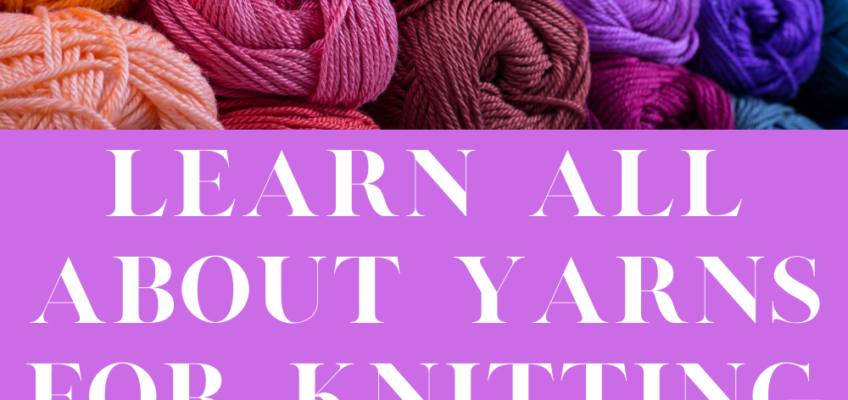
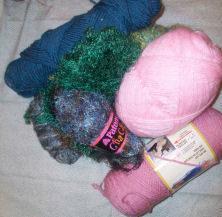


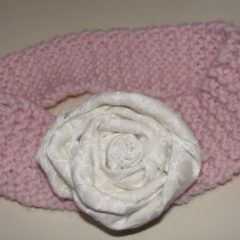
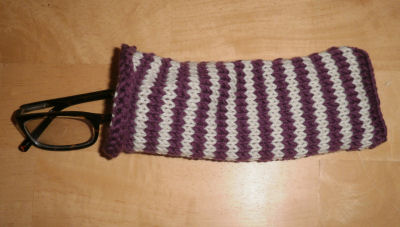

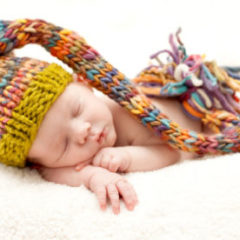
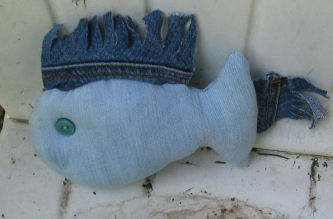
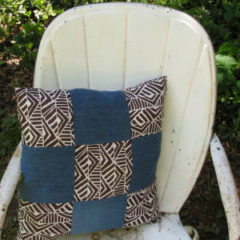
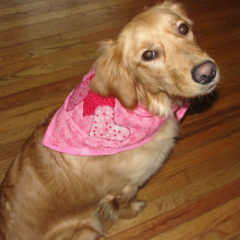
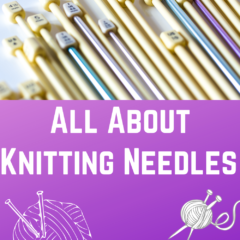
Leave a Reply